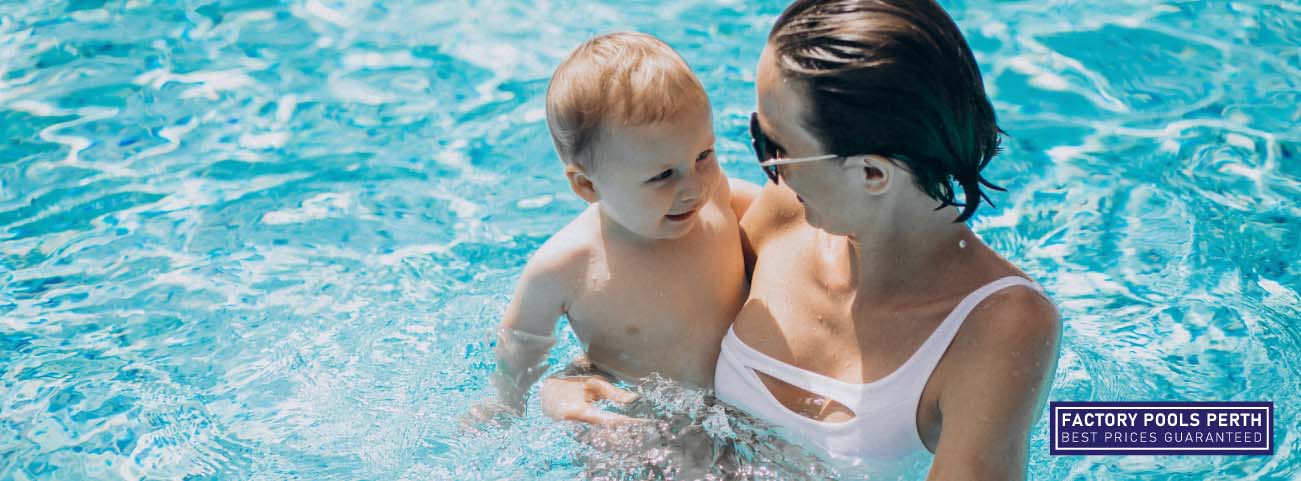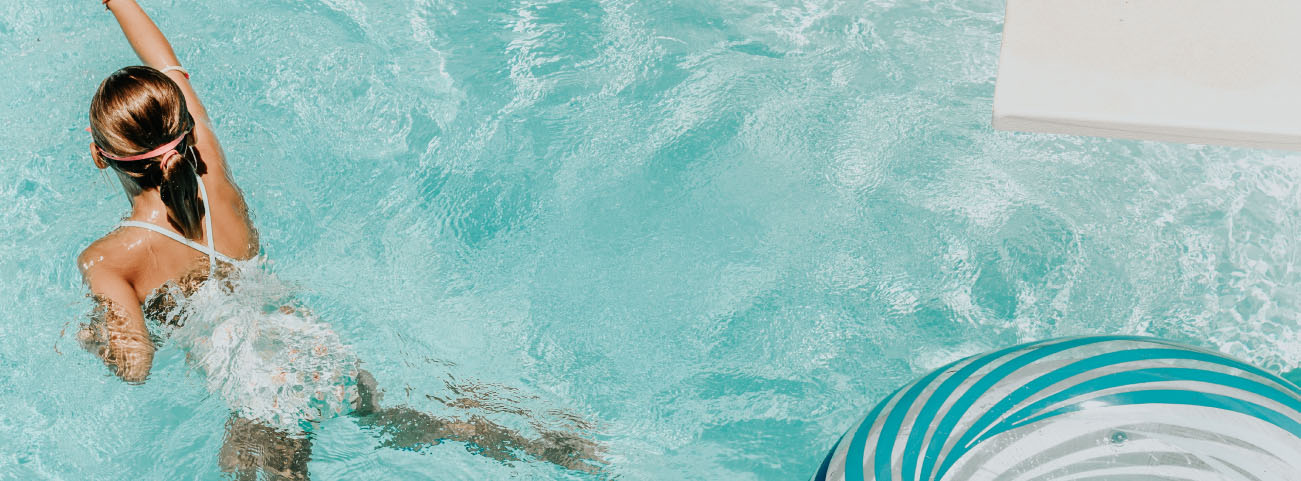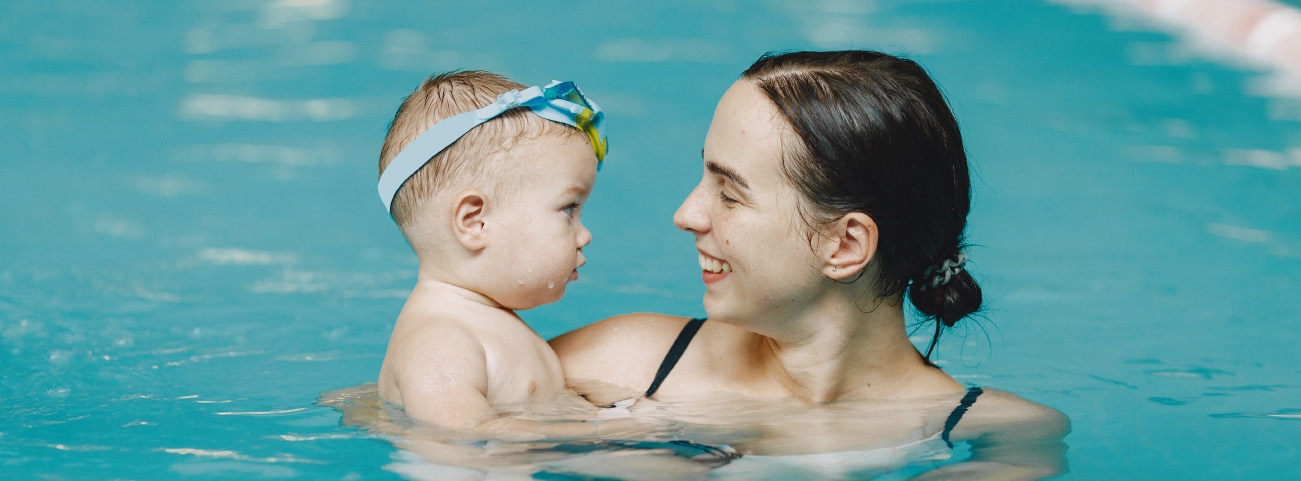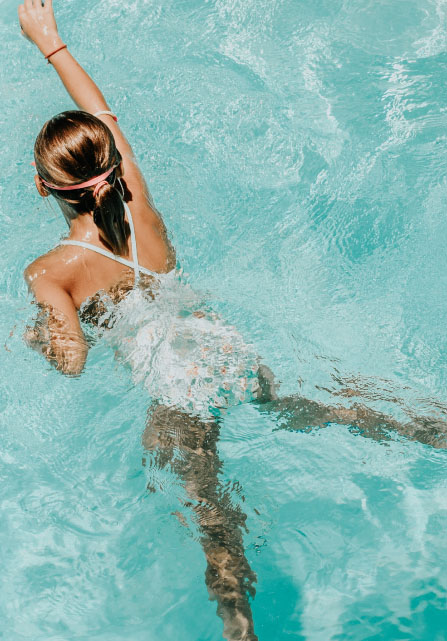Swimming Pool Plugs - The Different Types And Uses
From The Factory Pools Perth Blog
Fibreglass pools are second to none when it comes to pools in the market today. The primary types of pools installed by homeowners are either fibreglass pools or concrete pools. For their durability, both pools are sought-after varieties, with fibreglass having an edge over other pools. For most pool owners, installing a pool may be the least of the issues concerning pool ownership. After you get a pool firmly fitted into your backyard, other concerns regarding safety and maintenance crop up. Components of a pool have a lot to do with this, and commonly overlooked parts of pools are plugs.

Different Plugs, Different Uses
Pool plugs are used in all kinds of pools, and even in the popular fibreglass pools of today. They are available in various shapes and sizes (and colours), depending on their use and the requirements in any pool. Pool plugs serve a range of purposes inside pools, and for equipment related to any pool function. The different kinds are listed below, but an explanation for each plug follows the list:
- Winterisation Plugs
- Filter Plugs
- Pump Plugs
- Heater Plugs
- Test Plugs
- Hydrostatic Plugs
- One-way Plugs
Winterisation Plugs
With regard to home swimming pools, plugs play an important role in the life of any pool. As the name suggests, a winterisation plug serves the purpose of use when your pool is prepared for the winter. This plug is a tapered rubber plug that has dual washers of stainless steel. A bolt goes through the plug’s centre. Called “expansion plugs”, these expand when you tighten the nylon or stainless steel wing nut at the top. They come in fourteen sizes.
The extended plugs under this category of plugs fit into non-threaded pool pipes of fibreglass pools. These plugs are essentially plug skimmers (attached to pipes), cleaner lines, and returns to prevent the entry of water during winter. When water enters the pool during winter, it freezes in the pipes and tends to damage them. A class of plugs such as these, expansion plugs, also abandon or isolate particular lines (in case they have leaks). A blend of both expansion and extended plugs, called gizmos, are also used to keep water from entering skimmers. They are in the form of long plastic tubes. These also serve to curb ice expansion internally in the skimmer.

Filter Plugs
The filter of any pool has a large role to play in home pool maintenance. Each pool manufacturer has a unique filter and depending on the manufacturer, the plug matches. Several brands of pools do not use these, rather make use of a cap. Some pools use a “butterfly plug” to let the pool filter drain water, either for pool repairs or winterisation. Such a plug contains a circular ring, as this ensures the sealing of the plug well.
In other new DE or cartridge kinds of filters, an approximately 2-inch threaded plug is used to drain the tank. Older pools don’t use plugs at all and drain out water via the pull-push valve.
Pump Plugs
The majority of swimming pools make use of a fourth of an inch of threaded plugs in their pool pumps. Some come with a circular ring and others do not. Whether you have chosen among the best fibreglass pools or any others, pool pumps typically contain dual pump plugs to drain out the pump. A plug is used in the front, at the lint and hair strainer base/pump pot. The other one is further back near the motor. This drains the volute.
Plugs for Pool Heaters
For home swimming pools, plugs play a vital role in several components of a pool. Plugs used in the heaters of pools are normally a quarter of an inch in size. There is a plug such as this on either side of the heat exchanger. You may also see a plug on the front header. This is where pipes go in and jut out. Such plugs are also on the return header at the rear of the heater. If headers are of bronze or cast iron, plugs are of brass. The more contemporary headers made of thermoplastic use plugs of plastic. These are easier to maintain, whereas brass plugs have to be lubricated to prevent rust from building up.

Test Plugs
Test plugs resemble winterisation plugs. Nonetheless, they are not tapering. The sides remain straight and they contain huge wing nuts for ultra-tightening. These are mainly used for testing the water pressure in fibreglass pools, in case of a need for any plumbing-related work. As these must ensure proper securing of the line during any plumbing work, the sides are straight, as tapering sides can slip under pressure. There is also another test plug with a hole at the centre. The top has a valve thread style. These plugs push air out of the lines while winterising pools and can also push compressed air out of pipes.
Hydrostatic Plugs
These come in dual kinds. One kind is automatic and spring loaded and the other is manual. The automatic ones are also called relief valves and are inserted in the main pot drain. Both plugs permit water to enter the pool from a height. What this does is prevent the popping or floating of the shell of the pool due to a great degree of pressure and the force of water.
One-Way Plugs
When home swimming pools shut for winterisation, these plugs push water out of pipes and seal them shut. After the water is pushed out, it cannot re-enter the pool pipe. The opening is sealed with a cap (of plastic) as a layer of additional protection.
In Conclusion
Pool plugs are very important parts of any swimming pool, whether you have an in-ground or above-ground pool. In case these are of metal alone, they should be prevented from rusting. Nonetheless, most modern pools have plugs of plastic that serve different vital purposes and you should know about these.
Swimming Pool Plugs - The Different Types And Uses
From The Factory Pools Perth Blog
Fibreglass pools are second to none when it comes to pools in the market today. The primary types of pools installed by homeowners are either fibreglass pools or concrete pools. For their durability, both pools are sought-after varieties, with fibreglass having an edge over other pools. For most pool owners, installing a pool may be the least of the issues concerning pool ownership. After you get a pool firmly fitted into your backyard, other concerns regarding safety and maintenance crop up. Components of a pool have a lot to do with this, and commonly overlooked parts of pools are plugs.

Different Plugs, Different Uses
Pool plugs are used in all kinds of pools, and even in the popular fibreglass pools of today. They are available in various shapes and sizes (and colours), depending on their use and the requirements in any pool. Pool plugs serve a range of purposes inside pools, and for equipment related to any pool function. The different kinds are listed below, but an explanation for each plug follows the list:
- Winterisation Plugs
- Filter Plugs
- Pump Plugs
- Heater Plugs
- Test Plugs
- Hydrostatic Plugs
- One-way Plugs
Winterisation Plugs
With regard to home swimming pools, plugs play an important role in the life of any pool. As the name suggests, a winterisation plug serves the purpose of use when your pool is prepared for the winter. This plug is a tapered rubber plug that has dual washers of stainless steel. A bolt goes through the plug’s centre. Called “expansion plugs”, these expand when you tighten the nylon or stainless steel wing nut at the top. They come in fourteen sizes.
The extended plugs under this category of plugs fit into non-threaded pool pipes of fibreglass pools. These plugs are essentially plug skimmers (attached to pipes), cleaner lines, and returns to prevent the entry of water during winter. When water enters the pool during winter, it freezes in the pipes and tends to damage them. A class of plugs such as these, expansion plugs, also abandon or isolate particular lines (in case they have leaks). A blend of both expansion and extended plugs, called gizmos, are also used to keep water from entering skimmers. They are in the form of long plastic tubes. These also serve to curb ice expansion internally in the skimmer.

Filter Plugs
The filter of any pool has a large role to play in home pool maintenance. Each pool manufacturer has a unique filter and depending on the manufacturer, the plug matches. Several brands of pools do not use these, rather make use of a cap. Some pools use a “butterfly plug” to let the pool filter drain water, either for pool repairs or winterisation. Such a plug contains a circular ring, as this ensures the sealing of the plug well.
In other new DE or cartridge kinds of filters, an approximately 2-inch threaded plug is used to drain the tank. Older pools don’t use plugs at all and drain out water via the pull-push valve.
Pump Plugs
The majority of swimming pools make use of a fourth of an inch of threaded plugs in their pool pumps. Some come with a circular ring and others do not. Whether you have chosen among the best fibreglass pools or any others, pool pumps typically contain dual pump plugs to drain out the pump. A plug is used in the front, at the lint and hair strainer base/pump pot. The other one is further back near the motor. This drains the volute.
Plugs for Pool Heaters
For home swimming pools, plugs play a vital role in several components of a pool. Plugs used in the heaters of pools are normally a quarter of an inch in size. There is a plug such as this on either side of the heat exchanger. You may also see a plug on the front header. This is where pipes go in and jut out. Such plugs are also on the return header at the rear of the heater. If headers are of bronze or cast iron, plugs are of brass. The more contemporary headers made of thermoplastic use plugs of plastic. These are easier to maintain, whereas brass plugs have to be lubricated to prevent rust from building up.

Test Plugs
Test plugs resemble winterisation plugs. Nonetheless, they are not tapering. The sides remain straight and they contain huge wing nuts for ultra-tightening. These are mainly used for testing the water pressure in fibreglass pools, in case of a need for any plumbing-related work. As these must ensure proper securing of the line during any plumbing work, the sides are straight, as tapering sides can slip under pressure. There is also another test plug with a hole at the centre. The top has a valve thread style. These plugs push air out of the lines while winterising pools and can also push compressed air out of pipes.
Hydrostatic Plugs
These come in dual kinds. One kind is automatic and spring loaded and the other is manual. The automatic ones are also called relief valves and are inserted in the main pot drain. Both plugs permit water to enter the pool from a height. What this does is prevent the popping or floating of the shell of the pool due to a great degree of pressure and the force of water.
One-Way Plugs
When home swimming pools shut for winterisation, these plugs push water out of pipes and seal them shut. After the water is pushed out, it cannot re-enter the pool pipe. The opening is sealed with a cap (of plastic) as a layer of additional protection.
In Conclusion
Pool plugs are very important parts of any swimming pool, whether you have an in-ground or above-ground pool. In case these are of metal alone, they should be prevented from rusting. Nonetheless, most modern pools have plugs of plastic that serve different vital purposes and you should know about these.



